Injury Report: Two-Vehicle Crash in Visalia
One Injured in Two-Vehicle Crash at Houston Avenue and Court Street in Visalia
Incident Overview
A rear-end collision at the intersection of Houston Avenue and Court Street in Visalia left one person injured on Monday afternoon, November 17, 2025. The crash occurred at approximately 1:40 p.m. and involved two vehicles, with one striking the rear of the other. Emergency responders arrived on scene, and one individual was transported to a local hospital for treatment of injuries described as unknown at the time of the report. Both vehicles sustained significant damage. Authorities are continuing to investigate the circumstances of the collision.
Although details are still developing, rear-end collisions at signalized intersections are a common type of crash in California and often involve factors such as distracted driving, following too closely, sudden stops in heavy traffic, failure to maintain a safe speed, or weather-related visibility issues. Until the investigation is complete, fault determinations remain preliminary. Anyone who witnessed the accident or has dashcam footage may be able to assist investigators.
What We Know About Rear-End Collisions and Liability in California
California law requires drivers to maintain a safe following distance and to operate their vehicles in a manner that allows them to stop safely for traffic conditions ahead. In many rear-end collisions, the trailing driver is presumed to be at fault because they are expected to keep enough distance to avoid a collision, even when traffic slows or stops unexpectedly. However, this presumption can be rebutted in certain scenarios, such as when the lead driver makes an unsafe lane change, brakes suddenly for no apparent reason, or operates a vehicle with malfunctioning brake lights.
Key evidence that can clarify fault in a rear-end crash includes:
- Traffic camera footage or surveillance from nearby businesses
- Dashcam videos from either vehicle
- Physical evidence at the scene, including skid marks, debris patterns, and vehicle resting positions
- Vehicle event data recorders (sometimes called “black boxes”) documenting speed and braking
- Witness statements and the official police report
- Photos of damage to both vehicles, especially bumper and frame impact points
This rear-end collision in Visalia serves as an important reminder of how even seemingly routine traffic incidents can result in serious injuries and lasting consequences. Rear-end crashes often occur in just a split second, yet the victims may face weeks, months, or even years of medical treatment, pain, and disruption to their everyday lives. As authorities continue to investigate the circumstances surrounding this incident, the injured individual now begins the difficult process of recovery.
At Avian Law Group, we understand how overwhelming the aftermath of a collision can be—especially when you’re dealing with medical bills, insurance adjusters, and uncertainty about what comes next. Our team is committed to protecting the rights of crash victims, ensuring that responsible parties are held accountable, and helping injured individuals obtain the compensation and support they need to move forward.
If you or someone you love has been hurt in a rear-end accident, Avian Law Group is here to provide experienced, compassionate legal guidance every step of the way.
Table of Contents
Get a FREE case evaluation today.


































































































































































































.avif)
